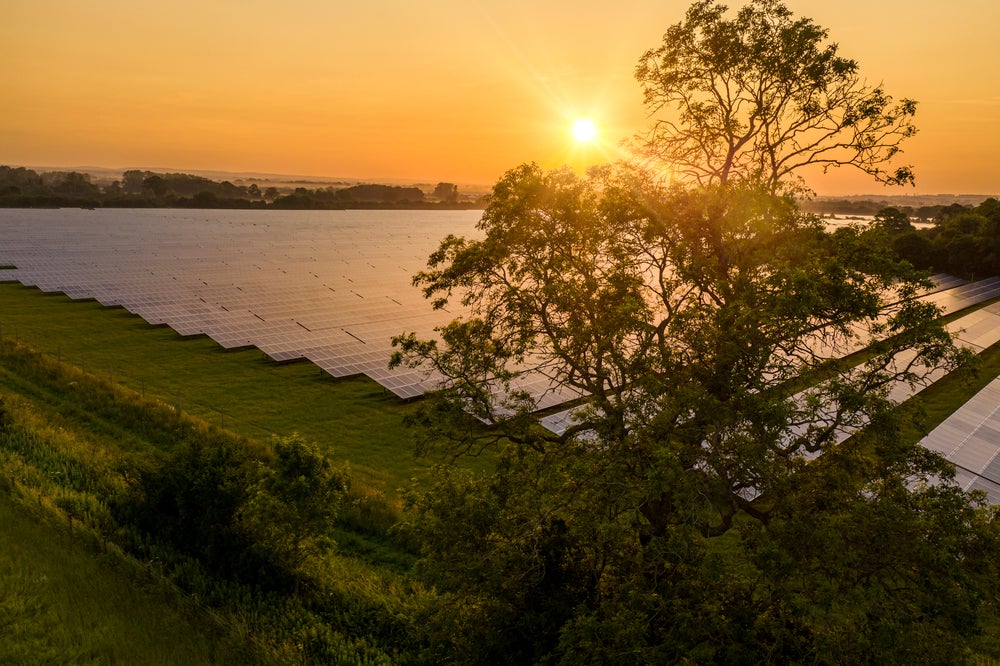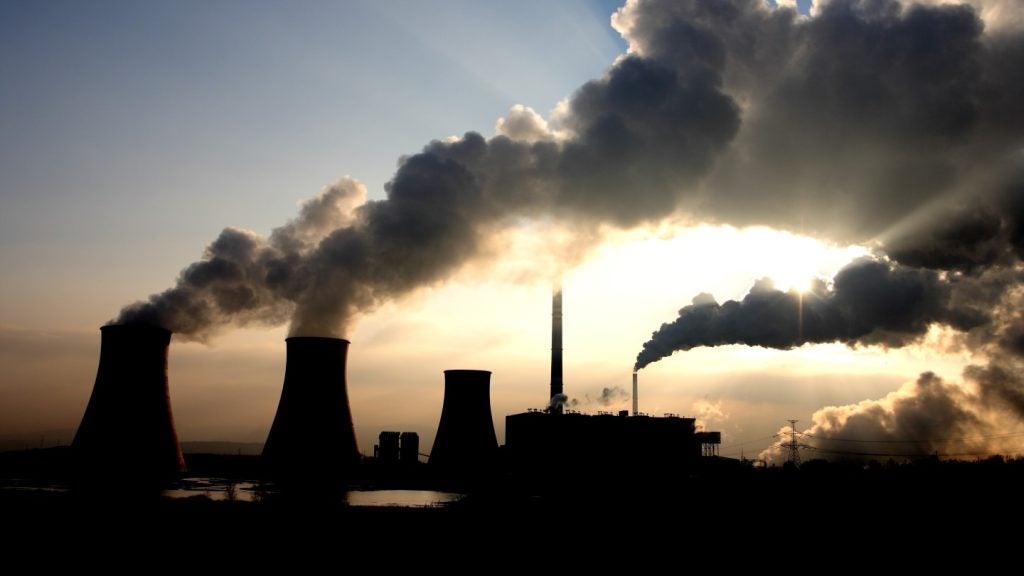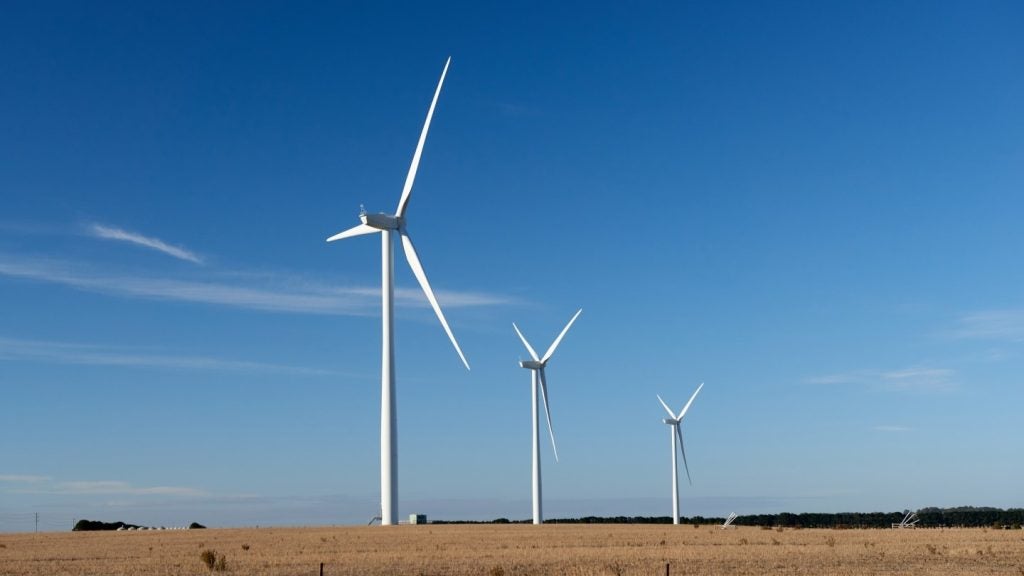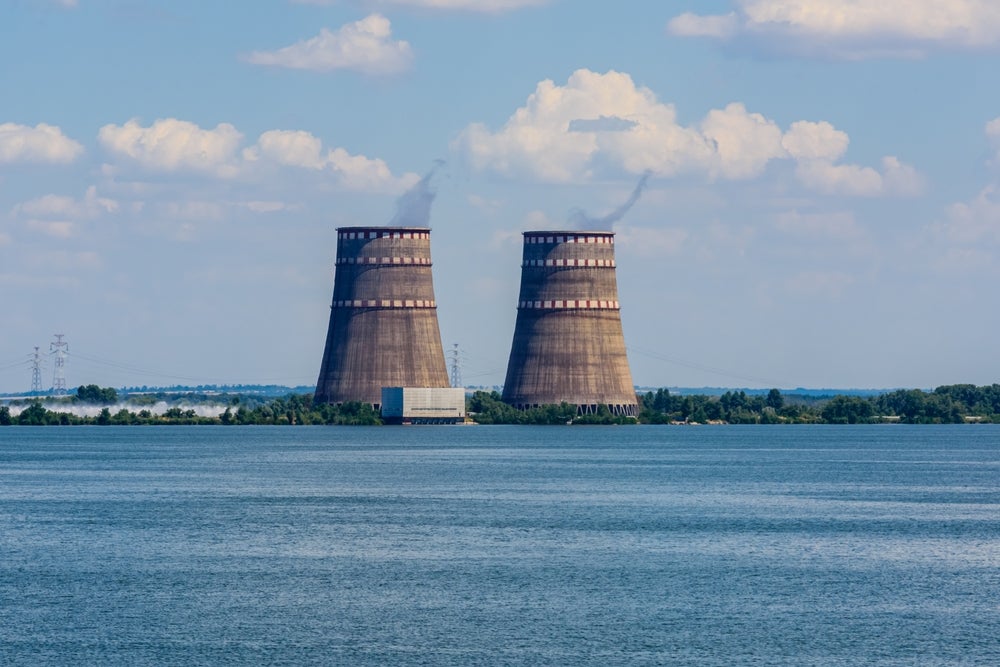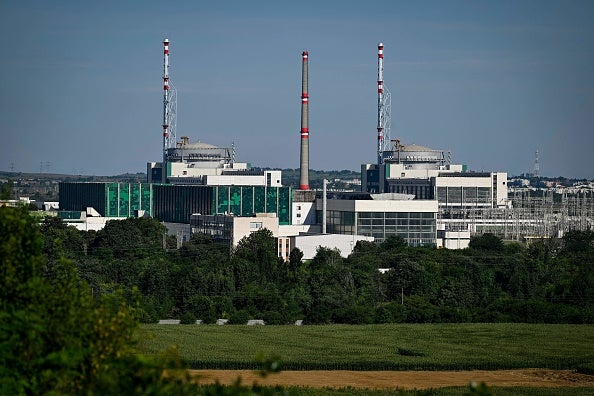China is the world’s largest greenhouse gas emitter, but it has also quietly been transforming itself into a world leader in renewable energy.
Over the past year, the country has become the premier investment location for wind, solar and nuclear power, and now it is cracking down on emissions trading fraud to ensure that progress is not overshadowed by bad actors.
China’s 4 February announcement of new emissions trading system (ETS) legislation shows the country’s commitment to tackling its status as the largest global polluter. The scheme was introduced in July 2021 and by the end of 2023, it had resulted in trades of over 440 million tonnes of emissions allowances, worth around $3.5bn, according to Reuters.
Soon after the scheme was set up, however, Energy Monitor reported that while it incentivised increased efficiency in coal-fired power plants, its lack of an absolute emissions cap did not create a need for energy companies to transition to renewables. The government has also worried that bad actors are falsifying data, which is one of the key focuses of its new legislation.
China is leading the world in renewables
The potential weaknesses of its ETS have not stopped China’s green energy production from skyrocketing over the past few years, however. Wind and solar energy are expected to overtake coal in the country's electricity production capacity for the first time in 2024, making up 40% of total installed capacity. A report by the International Energy Agency (IEA) in January also noted that China commissioned as much solar PV capacity in 2023 as the entire world did in 2022, and that it installed 66% more new wind turbines that year than the year before.
In an interview with Energy Monitor, one of the IEA report's co-authors said that China’s renewables development was what surprised him the most during his research, particularly because subsidies for solar PV and wind have been ended.
It not just renewables that are booming in China either. The country’s share of global nuclear generation capacity rose from 5% in 2014 to 16% in 2023, and it is set to build far more capacity than any other nation by 2025, according to the IEA.
All this makes China the likely leader in electricity production emissions reductions between 2024 and 2026, with falls of 1%-2.4% each year. This is around half of global reductions in absolute terms.
But China is also leading in emissions
Despite this impressive progress, the country’s 2060 net-zero target is ten years later than the UN's recommendations for keeping global warming to 1.5°C above pre-industrial levels.
China’s economy is still heavily dependent on traditional industries, with the CIA estimating that they accounted for 40.5% of its GDP in 2017, compared with just 19.1% of the US’ economy.
China is also still reliant on coal as a backup source of energy. Premier Xi Jinping has promised a phase-out of fossil fuels, but crises including Russia’s invasion of Ukraine and reduced rainfall have made alternative fuel sources such as gas and hydroelectric power more expensive. This means China is not only leading the world in renewables projects but also in coal-fired power plants, of which the country approved six times more new capacity in 2022 than the rest of the world combined.
This means China has further to go than many other large economies such as the US, UK and EU to actually decarbonise. Though it will be the world leader in emission reductions, this is largely because it is starting from a much higher baseline than competing economic blocs. In relative terms, both the US and EU are reducing emissions faster – the EU is expected to average 11% reductions per year between 2024 and 2026.
International outlook
China is also reluctant to engage with what it sees as the “PR stunt[s]” of some nations around international pledges like COP28’s promise to triple renewable capacity by 2030.
Explaining that the country is moving forward despite its lack of international cooperation, GlobalData analyst Francesca Gregory comments: "A combination of dominance within the processing industries of key materials such as steel and polysilicon and generous state subsidies have created the ideal conditions for developers to rapidly establish wind and solar projects.
"Although China declined to sign the tripling renewable pledge at COP28 and currently has over 80GW of pipeline capacity within its upcoming thermal projects, China is still expected to reach its 2030 target of 1,200GW of renewable capacity five years early. The achievement of this goal will cement China’s position as the pre-eminent player for delivering renewable energy at scale.
"While China’s dominance in the renewable space becomes increasingly clear, it remains to be seen whether Western countries will choose to decarbonise without China or capitalise on the country’s existing momentum in this space."





